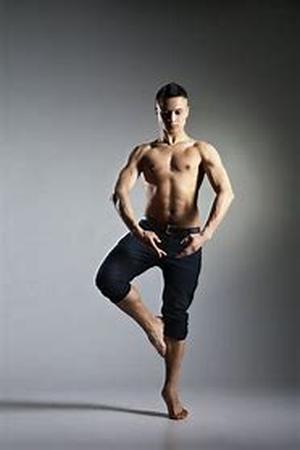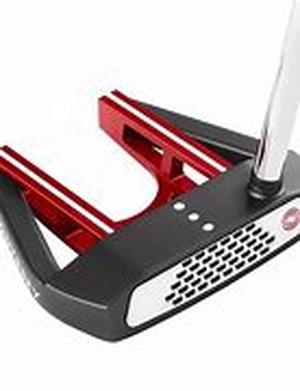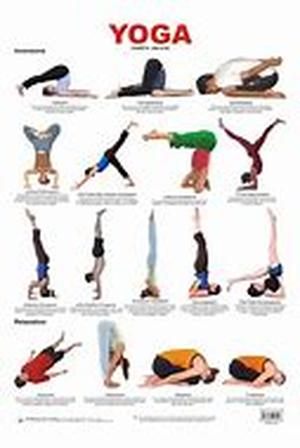
Beauchamps Is Credited For Standardizing The Initial Five Foot Ballet Positions Which Are Highly Considered As Fundamental In The Dance. It Can Also Denote The Various Poses Of The Body Which Was First Used In 1588 By Thoinot Arbeau And Set Down By Pierre Rameau In The Dancing Master In 1725. These Ballet Positions Are The Starting And Ending Points For The Intricate Movements Of The Dance Which We Will Get To Familiarize. In All The Ballet Positions Each Leg Is Turned Sideways From The Hip. This Give The Toes Extension Out To Each Side And The Feet Form Straight Or Parallel Lines On The Floor. The Body Weight Should Be Evenly Distributed Over Both Feet, Which Can Either Remain Flat On The Floor, Rest On The Balls Of The Feet (demi-pointe) Or Rest On The Toes (pointe Is For Women Only). Corresponding Positions Of The Arms And Hands (port De Bras) Complete The Perfect Balance Of The Figure. First Ballet PositionThe Heels Are Together With Toes Turned Out Until The Feet Are In A Straight Line. Arms Are Lowered While The Hands Are Little In Front Of The Thighs. This Is The Ballet Dancer's Equivalent Of Stand At Ease. Arms Forward (held Curved And Apart As Though Embracing A Large Object). This Position Is Known As The Gateway Position Since It Is The Mid Point Of Transition Between Other Positions. Second Ballet PositionThe Feet Are In A Parallel Line, Separated By A Distance Of About 12 Inches (30 Cm) And Both Turned Outward With The Weight Equally Divided Between Them. The Weight Is Supported By One Foot While The Other Is Raised At The Side. Arms Held Out To The Side, Curving Slightly Forward. Third Ballet PositionThe Heel Of One Foot Rests Against The Instep Of The Other. Both Are Firmly Turned Out And The Weight Is Divided Between Them. Used Extensively In The 18th Century Social Dances Such As The Minuet And Gavotte, This Position Has Almost Disappeared From Theatrical Usage. Arms Held Aloft (en Couronne - "like A Crown") Fourth Ballet PositionOne Foot Rests About 12 Inches In Advance Of The Other, Both Are Turned Out And The Weight Is Divided Between Them. Like The Second Position, Fourth Has Its Equivalent En L'air. One Arm Extended To The Side, Other Held Curved In Front. Fifth Ballet PositionIn The Fifth Position, The Feet Are Turned Out And Pressed Closely Together, The Heel Of The One Foot Against The Toe Of The Other. One Arm Raised Overhead, Other Held Curved In Front - Note Change In Character From Head Straight To Head Tilted.In Addition, There Are Two Major Body Positions In Classical Ballet. The Arabesque Is A Position In Which The Weight Of The Body Is Supported On One Leg, While The Other Leg Is Extended In Back With The Knee Straight. The Attitude Is Another Position Similar To The Arabesque Except That The Knee Of The Raised Leg Is Bent. The Raised Leg Is Held At A 90 Angle To The Body In Back Or In Front (attitude An Avant); The Knee May Be Either Well Bent Or Nearly Straight (attitude Allonge).





